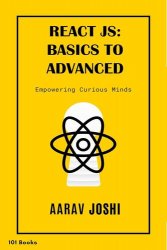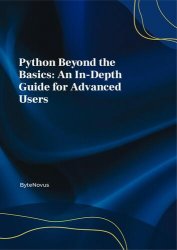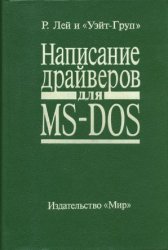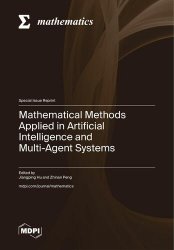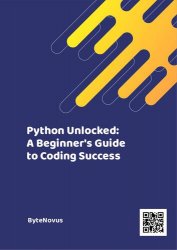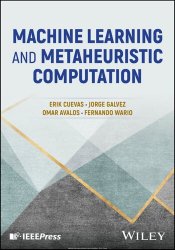- Добавил: literator
- Дата: 3-03-2025, 19:13
- Комментариев: 0
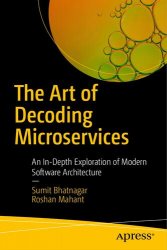 Название: The Art of Decoding Microservices: An In-Depth Exploration of Modern Software Architecture
Название: The Art of Decoding Microservices: An In-Depth Exploration of Modern Software ArchitectureАвтор: Sumit Bhatnagar, Roshan Mahant
Издательство: Apress
Год: 2025
Страниц: 368
Язык: английский
Формат: pdf (true), epub (true)
Размер: 10.1 MB
Stay competitive in today’s software industry by mastering microservices. As microservices architecture becomes the modern standard, this book demystifies the transition from monoliths to microservices with clear guidance and practical examples for easier adoption and implementation. The book starts with the basics, explaining what microservices are, their benefits, and how they compare to monolithic architectures. From there, you will explore a wide range of topics including service discovery, load balancing, authentication and authorization, resilience, fault tolerance, and much more as well as practical Java examples throughout. Each chapter is meticulously crafted to offer a balance of theory and hands-on application, ensuring you not only understand the concepts but also apply them effectively in real-world scenarios. By the end of the book, you will be ready to design, implement, and manage scalable and efficient microservices-based systems. For novice and experienced developers who are new to microservices and want to master the topic to drive successful software projects. The book is programming language-agnostic, and can be understood by developers of any language, but those with some familiarity with Java will benefit more from the specific examples provided.

